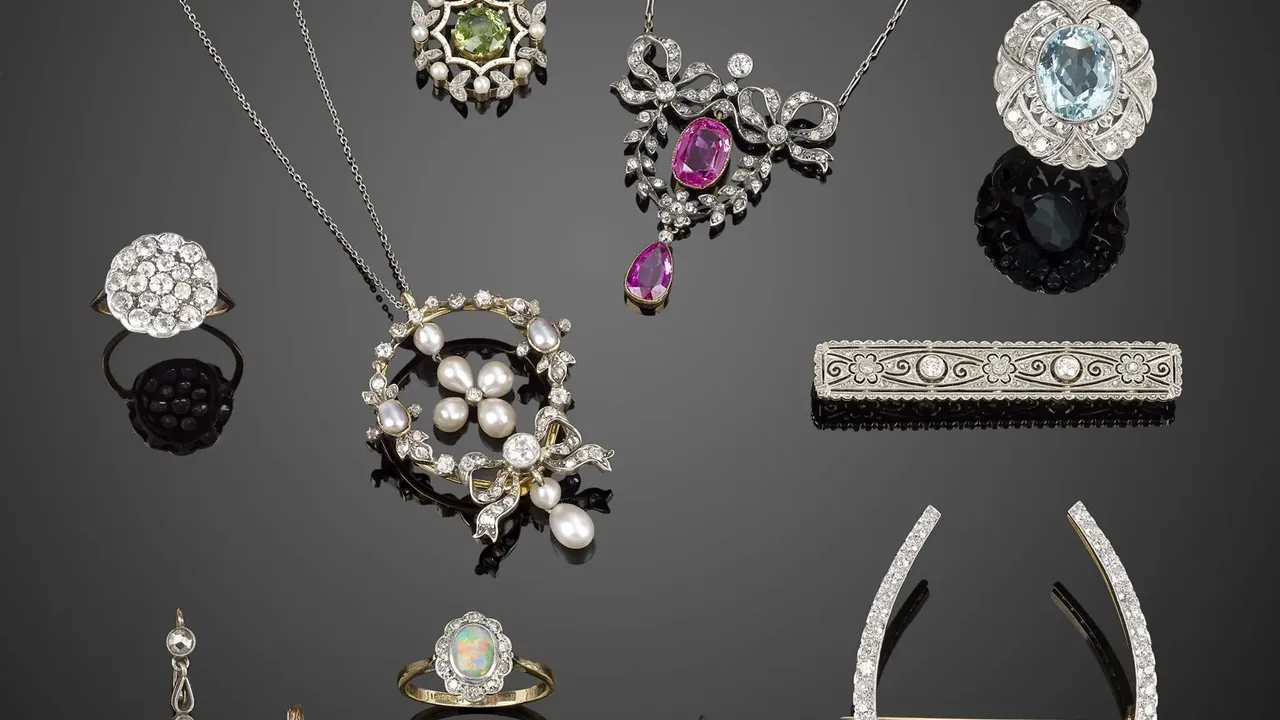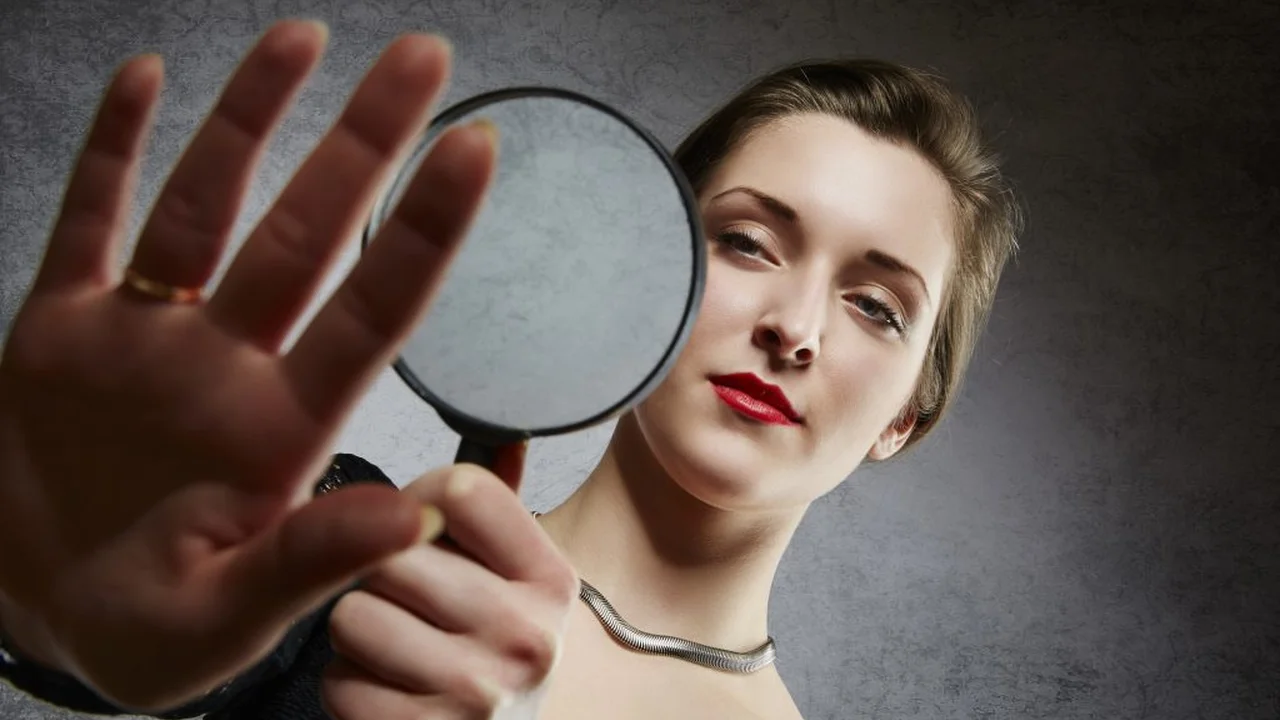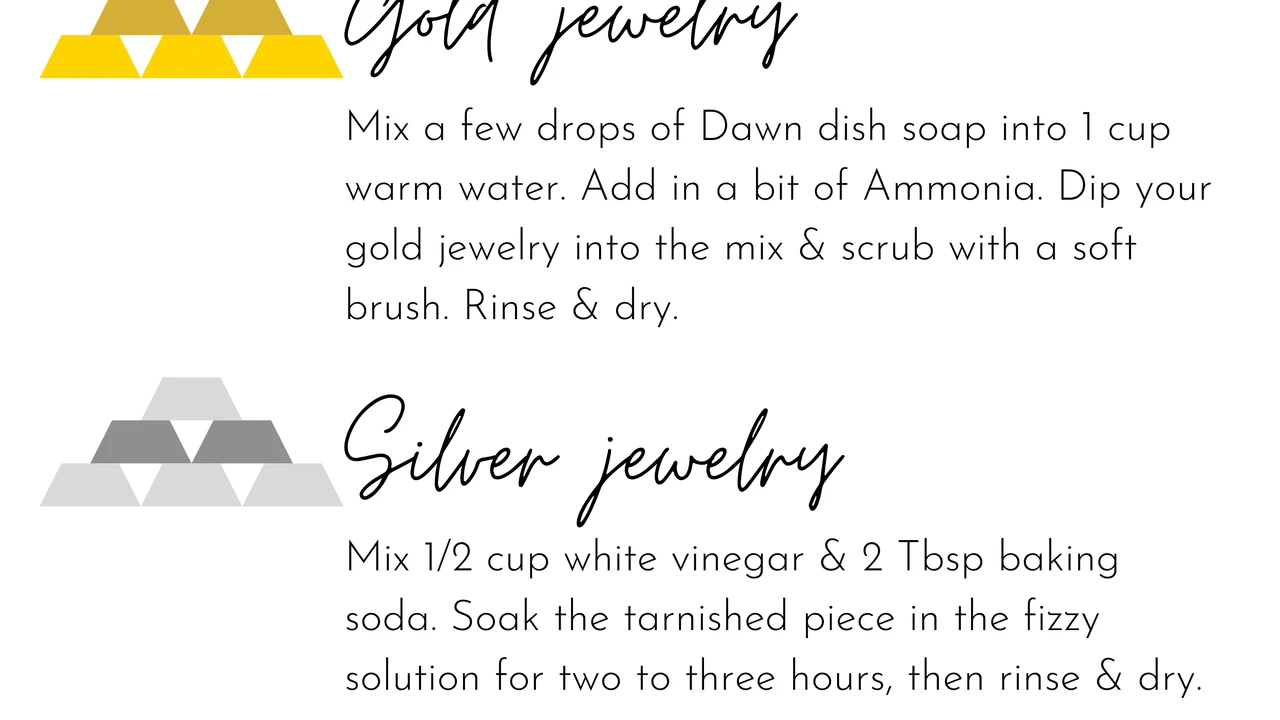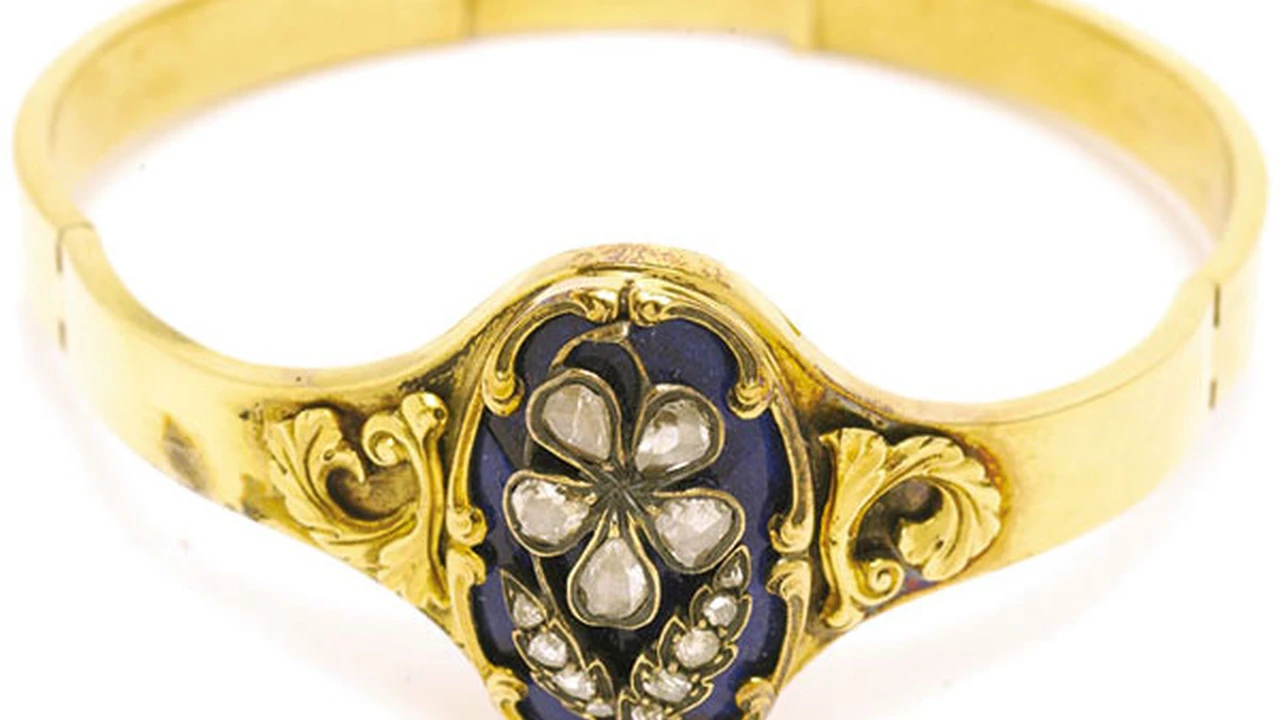Caring for Antique Pearl Jewelry A Gentle Approach
Learn how to care for antique pearl jewelry to prevent damage and maintain their luster.
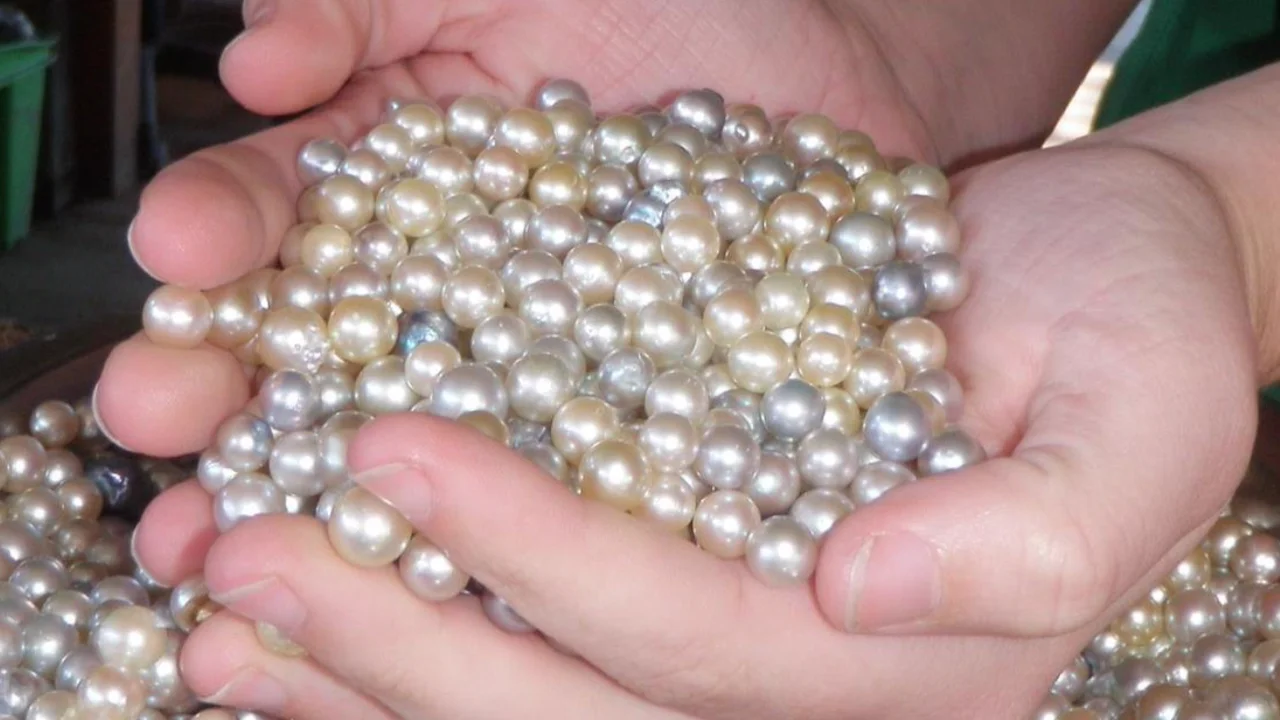
Understanding the Delicate Nature of Antique Pearls
Okay, let's talk about antique pearls. These aren't your everyday, run-of-the-mill pearls. We're talking about delicate treasures that have seen decades, maybe even centuries, of history. Pearls are organic gemstones, which means they're formed by living creatures (oysters and mollusks, if you're curious). This organic nature makes them more susceptible to damage than, say, diamonds or rubies. Things like chemicals, extreme temperatures, and even just plain old dryness can wreak havoc on their delicate surfaces.
The Enemies of Antique Pearls What to Avoid
So, what exactly are we trying to protect our pearls from? Think of these as the villains in our pearl-care story:
- Chemicals: Perfume, hairspray, cosmetics, and even certain soaps can damage the nacre (the outer coating) of pearls, causing them to lose their luster.
- Acids: Sweat is slightly acidic, and prolonged exposure can dull the surface of pearls.
- Abrasives: Harsh cleaning cloths or abrasive cleaners can scratch the delicate surface of pearls.
- Extreme Temperatures: Extreme heat or cold can cause pearls to crack or become discolored.
- Dryness: Pearls contain a small amount of water. If they become too dry, they can become brittle and crack.
Gentle Cleaning Methods for Antique Pearl Jewelry
Now for the good stuff! How do we keep these beauties sparkling without causing them harm? The key is gentle, gentle, gentle.
Everyday Care A Quick Wipe Down
After each wear, gently wipe your pearls with a soft, lint-free cloth. This removes any oils or perspiration that may have accumulated during the day. You can use a slightly damp cloth, but make sure to dry the pearls thoroughly afterward.
Occasional Deep Cleaning The Soap and Water Approach
For a more thorough cleaning, you can use a mild soap and water solution. Here's how:
- Mix a few drops of mild dish soap (like Dawn) with warm water.
- Dip a soft cloth into the solution and gently wipe the pearls.
- Rinse the pearls with clean water.
- Dry the pearls thoroughly with a soft, lint-free cloth.
- Lay the pearls flat to dry completely before storing them. This prevents the string from stretching.
Important Cleaning Don'ts
Seriously, avoid these at all costs:
- Never use harsh chemicals or abrasive cleaners. This includes jewelry cleaners, ultrasonic cleaners, and even toothpaste.
- Don't soak pearls in water for extended periods. This can damage the string and loosen the knots.
- Avoid using a hair dryer or direct sunlight to dry pearls. This can cause them to crack.
Proper Storage Protecting Your Investment
Storage is just as important as cleaning. Think of it as giving your pearls a safe and cozy home.
Individual Storage Bags are Your Friend
Store your pearls separately from other jewelry to prevent scratches. Soft pouches made of velvet or silk are ideal. You can also use individual compartments in a jewelry box.
Keep Them Away From Direct Sunlight and Heat
Store your pearls in a cool, dry place away from direct sunlight and heat. Avoid storing them in a bathroom, where humidity can be high.
Consider Re-stringing Vintage Pearl Necklaces
If you have a strand of pearls, have it re-strung every few years. The string can weaken over time, and you don't want to lose your precious pearls. A professional jeweler can also check the knots and ensure they're secure.
Specific Product Recommendations and Usage Scenarios
The Victorian Era Pearl and Seed Pearl Brooch
Imagine a delicate Victorian brooch, featuring seed pearls intricately woven around a central pearl. These brooches were often worn on lapels or collars. Cleaning: Gently wipe with a soft cloth. Price: $500 - $1500 depending on condition and materials.
Usage Scenario: Perfect for adding a touch of vintage elegance to a modern blazer or coat.
Art Deco Pearl Sautoir
A long, elegant sautoir necklace from the Art Deco era, featuring pearls interspersed with onyx or jade beads. These necklaces were often worn draped down the back. Cleaning: Mild soap and water, careful drying. Price: $2000 - $5000 depending on the quality of the pearls and gemstones.
Usage Scenario: Ideal for pairing with a simple black dress for a sophisticated evening look.
Edwardian Pearl and Diamond Pendant
An Edwardian pendant, featuring a single pearl surrounded by a halo of diamonds. These pendants were often worn on delicate chains. Cleaning: Soft cloth, professional cleaning recommended for the diamonds. Price: $1500 - $3000 depending on diamond quality.
Usage Scenario: A timeless piece that can be worn with almost anything, from a casual blouse to a formal gown.
Comparing Pearl Jewelry Cleaning Products
While gentle methods are preferred, some products are designed for pearl cleaning. Consider these factors:
- Connoisseurs Delicate Jewelry Cleaner: Generally safe, but test on an inconspicuous area first.
- Town Talk Polish Pearl Cleaner: Specifically designed for pearls, but follow instructions carefully.
- Homemade Solutions: Often the safest, using mild soap and water.
Always compare reviews and ingredients before using any commercial cleaning product on your antique pearls.
Addressing Common Concerns about Antique Pearl Jewelry Care
'My pearls look dull, what can I do?'
Dullness is often caused by a buildup of oils and dirt. Try the mild soap and water method. If that doesn't work, consult a professional jeweler.
'I accidentally scratched my pearls, can it be fixed?'
Minor scratches can sometimes be polished out by a professional. Deep scratches may be irreparable, but a skilled jeweler can often minimize their appearance.
'How often should I clean my pearl jewelry?'
Wipe your pearls after each wear. Deep cleaning should be done every few months, or as needed.
:max_bytes(150000):strip_icc()/277019-baked-pork-chops-with-cream-of-mushroom-soup-DDMFS-beauty-4x3-BG-7505-5762b731cf30447d9cbbbbbf387beafa.jpg)



